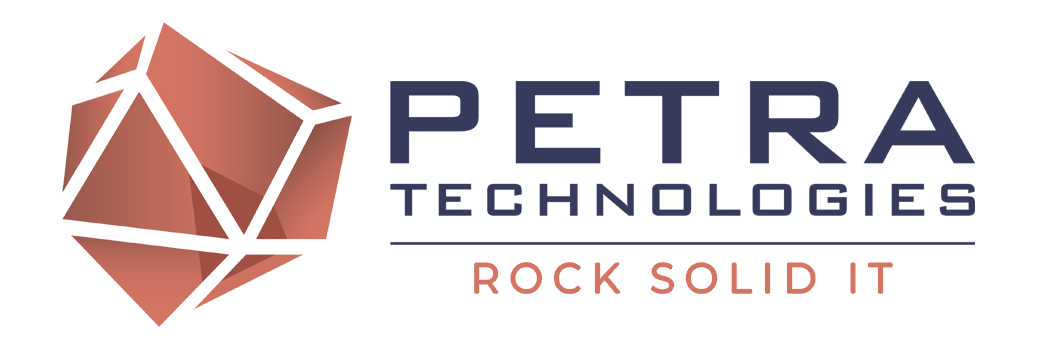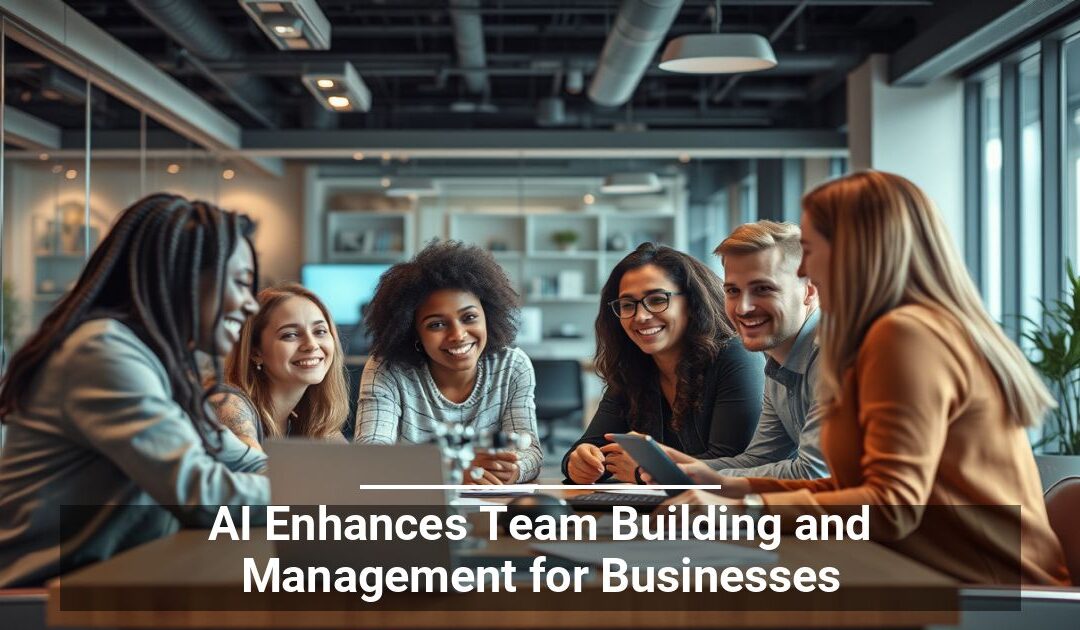 As AI continues to evolve, business owners like you feel they must choose between AI and new talent due to limited funds. Some people think AI takes over the jobs of recruits, making hiring, training, and paying workers unnecessary. Others are wary of the new technology and would prefer a human-centric approach. The reality is that the two can coexist.
As AI continues to evolve, business owners like you feel they must choose between AI and new talent due to limited funds. Some people think AI takes over the jobs of recruits, making hiring, training, and paying workers unnecessary. Others are wary of the new technology and would prefer a human-centric approach. The reality is that the two can coexist.
AI and Recruits Working Side by Side
You don’t have to choose between AI and recruits as they work together rather than oppose one another in business. Instead of replacing employees, AI assists humans by enhancing HR processes and practices and improving worker retention.
Keeping Your Employees Happy With AI Integration
If you prefer human talent, you’ll invest in recruiting rather than installing and updating technology. However, Millennials and Gen Z have been exposed to modern technology since youth, making them more tech-savvy with tons of digital skills. They rely on advanced digital tools daily, so they’ll refuse to work with you if you don’t meet their digital needs.
According to Forbes, Gen Z and Millennials will likely make up 58% of the workforce worldwide by 2030. That means they’ll make up more than half the talent pool, but only with the right incentive can you interest them in applying to your company. That incentive is AI and other modern technology, which can make their jobs easier.
Machines take over mundane and repetitive tasks that would otherwise leave employees lethargic and more prone to making mistakes. That leaves them plenty of time to take on more creative and impactful jobs that they can be more excited about.
Maintaining a Human-Centric Business
Some business owners feel that AI is more important than human talent since it can take over most human roles, and employers wouldn’t have to pay it a salary. In addition, it can learn and adapt quickly, making it more efficient. For instance, deep learning uses artificial neural networks for advanced functioning. So, when used in fraud detection, it’s constantly learning and evolving as it analyzes factors and alerts you to unusual activity.
These neural networks also help with predictive analytics and natural language processing. For instance, let’s say your customers use ChatGPT for shopping assistance or asking questions. The chatbot uses FAQs and other web pages to accumulate knowledge and relay the appropriate information. It also helps with redundant processes like returns, exchanges, and purchases.
Without human intelligence, the services lose their emotional touch. Sometimes, customers want to reach a live agent for the emotional support, understanding, and human creativity that a machine cannot replicate. As such, a human-centric approach can enhance customer satisfaction. It also creates a strong sense of teamwork, which encourages talent retention.
Finding the balance between talent and AI is challenging. However, since they’re both key to your company’s success, it’s crucial to do so now and in future years.


